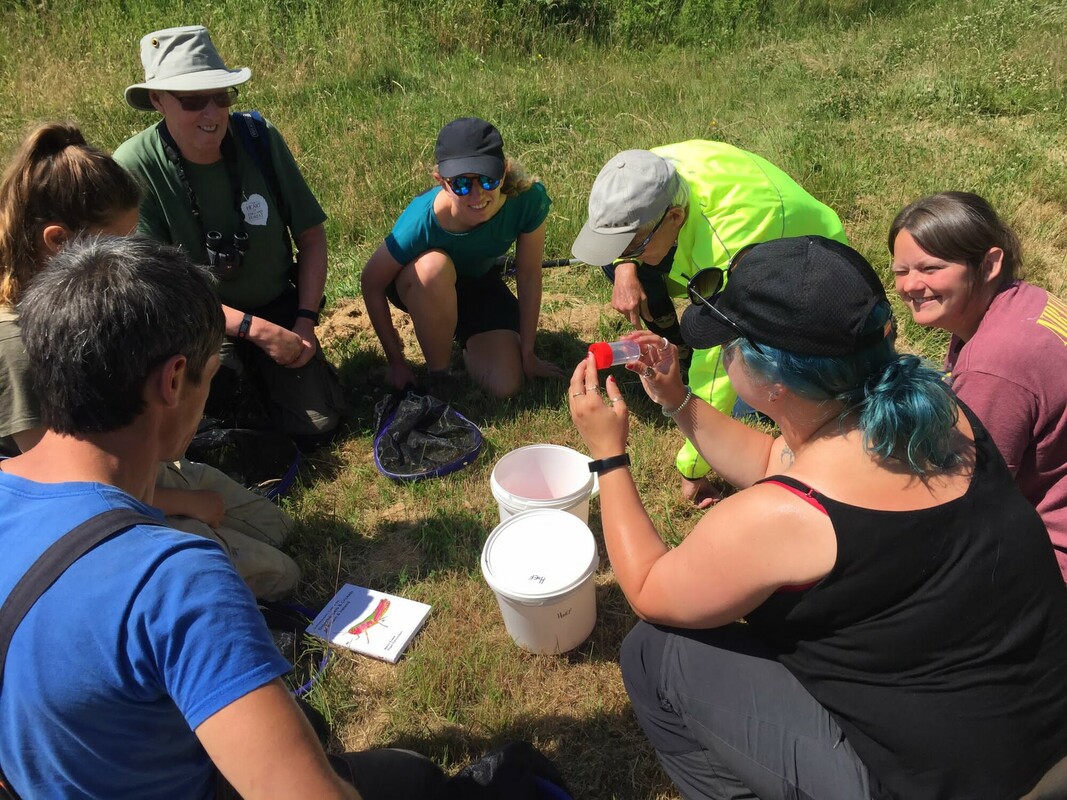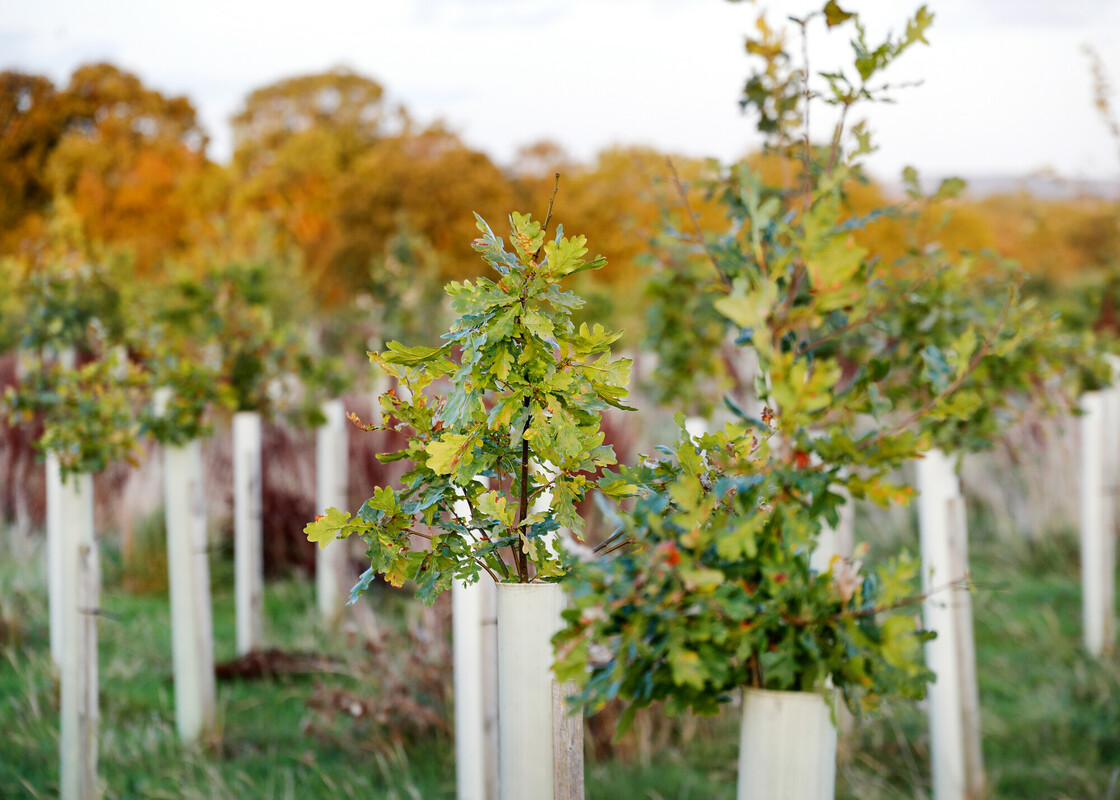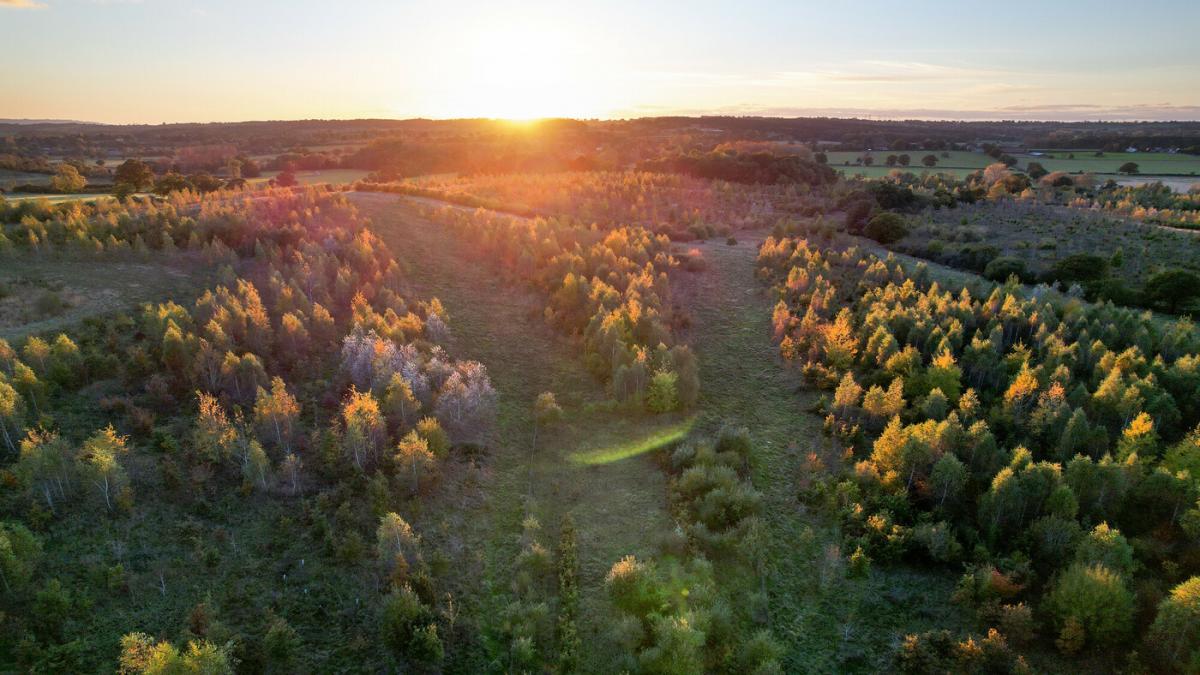
How the earliest autumn could affect the Forest
Record-breaking temperatures and a lack of water. According to the Met Office, these were the earliest signs of autumn experienced in the UK for 20 years, triggered by the heatwave as well as the driest July since 1911. But what does this mean for the Forest?

The effects of extreme weather
The intense temperatures over the summer caused berries to ripen weeks ahead of schedule and leaves to fall, giving the illusion that autumn had arrived. So, what does having one ‘fake autumn’ prior to the genuine seasonal autumn mean for the Heart of England Forest?
Head Forester, Stephen Coffey, and Biodiversity Data and Survey Officer, Sam Macvie, share their insights and concerns for woodlands and future biodiversity.

Impact on biodiversity
Sam Macvie states that it is worrying when our weather fluctuates from one extreme to another very quickly. In some years it benefits some species more than others, but the changes in climate are difficult to forecast giving us very little tangible evidence on which to predict the future of wildlife in the Forest.
“Honeysuckle is a favourite species of the visitors to the Forest, with its sweet-smelling flowers making for pleasant walks through our woodlands. In addition to its beauty, honeysuckle an essential component for the white admiral butterfly as their caterpillars rely on the leaves to survive.
This year, because of the drought and extreme heat, the biodiversity team noticed that honeysuckle leaves had died back very early. Even with the best attempt at bringing our much-anticipated white admiral caterpillar surveys forward, they had to be cancelled as the ’false autumn’ had tricked the caterpillars into pupating and hibernating weeks earlier than expected for this species. The team expect to see a local decline in the white admiral population because of the false autumn but cannot yet be sure due to the absence of data.
However, it is not all doom and gloom in the Forest for butterflies as some of our fluttering friends, such as the purple hairstreak, thrive in warm weather. These beautiful butterflies, which can easily be missed, spend most of their time in the canopy of our much-loved oak trees, but on warm summer evenings they take flight.
Butterflies are some of the most diverse and spectacular of our woodland inhabitants, especially with the rare and striking purple emperor that resides in the Forest. However, with a 55% decrease in their numbers between 1999 and 2015, protecting and maintaining butterfly habitats is imperative to their survival, especially with the climate change throwing curve balls into the seasons.
This is the effect on butterflies, and therefore you can imagine the knock-on effect that the false autumn is having on the entire ecosystem on our doorsteps. Take birds such as the wood warbler, for example, with the warmer temperatures and habitat loss causing them to migrate further north in the UK.
Recent surveys show that we still have willow warblers in the Forest. This is encouraging as we strive to support the conservation of this little bird, as they are an Amber List species and are in decline all over the country. We know they thrive on young birch scrub, so we are doing our best to retain them by creating habitats and refuges around the birch trees to help them flourish.”
How you can help
The best we can do is to try and mitigate climate change, and you can play your part at home. Now is a great time of year to create a small garden pond and build “scruffy” habitats around the base of garden shrubs, as well as leaving areas of long grass uncut.
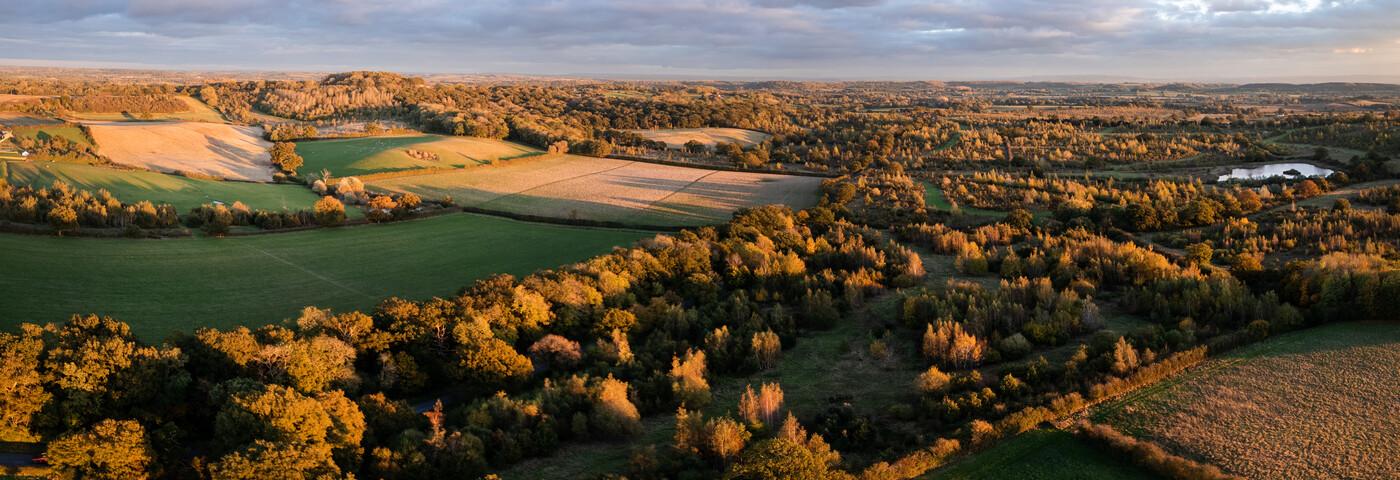
Effects on our woodlands
Head Forester Stephen states that although we have seen the effects of an early autumn on trees around the Forest, we should rest assured that trees are extremely durable, and many will long outlive us!
“This year it is the open grown trees - singular trees in hedgerows or in fields - that have suffered the most. Although they have not died, they have become extremely stressed due to the heat and very dry ground. The stressed trees have tried to protect themselves by becoming dormant, dropping their leaves to conserve their energy from the roots up, thus giving the impression of autumn.
Although this seems like a short-term solution to protect themselves against extremes in climate, once a tree has endured this type of stress it becomes more susceptible to pests and diseases. Although one year with extreme weather will weaken a tree, it can recover. However, if trees are put under stress year after year this could result in die-back in many of our favourite broadleaf trees.
Although this prospect sounds gloomy, the long-term vision of the 30,000 acre Forest is to help towards mitigating climate change, and there are encouraging signs that it is already working.
Our thick young plantations and mature ancient woodlands are thriving. Why? Because of the healthy Forest soil. The density of the Forest creates rich soil and the canopy from the trees provide shade for the root plates. The leaves and seeds that drop create a nutritious layer that over time breaks down into the soil, feeding the roots through the colder months when photosynthesis is less likely to occur.
The larger the woodland in the Forest gets, the more resilience the trees will have against rapid changes in climate. Trees work together, their root systems connecting underground and the canopy sheltering the younger saplings, a magnificent display of a natural community.”
How you can help
What can we do to protect young trees and trees that stand alone? It is important to keep to the footpaths within the Forest, as walking over non-marked areas can damage the soil structure over time and this compaction hinders vital nutrients passing through to the tree’s roots.
Good soil structure can take many years to build up through organic matter such as wildflowers and green manure. However, it can be destroyed very quickly by walking on the soil especially when it is wet. Please be mindful when you are out and about in the Forest this autumn as walking off track now could impair the soil quality and have a detrimental effect if we encounter another dry period next summer.
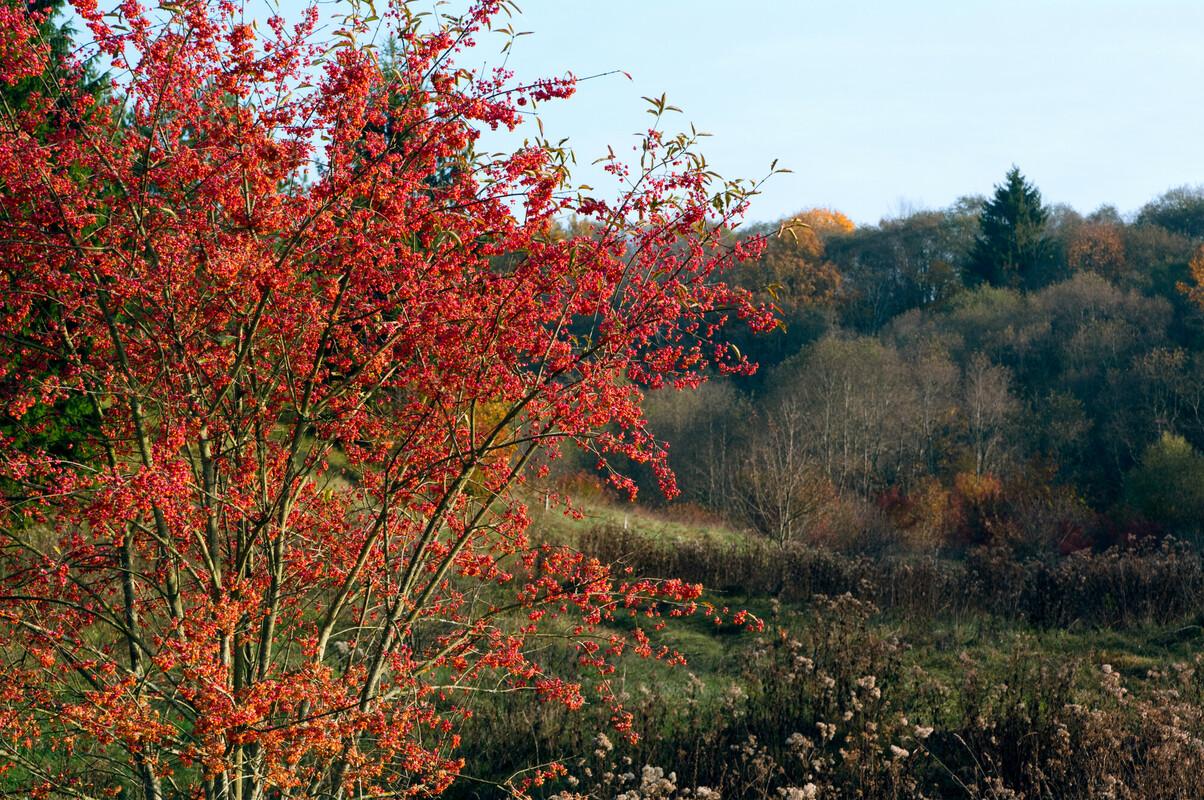
Support our work
As the charity continues to grow, we urge you to get involved to help us to preserve, maintain and grow the Forest for the future. Here are some ways that you can help today:



